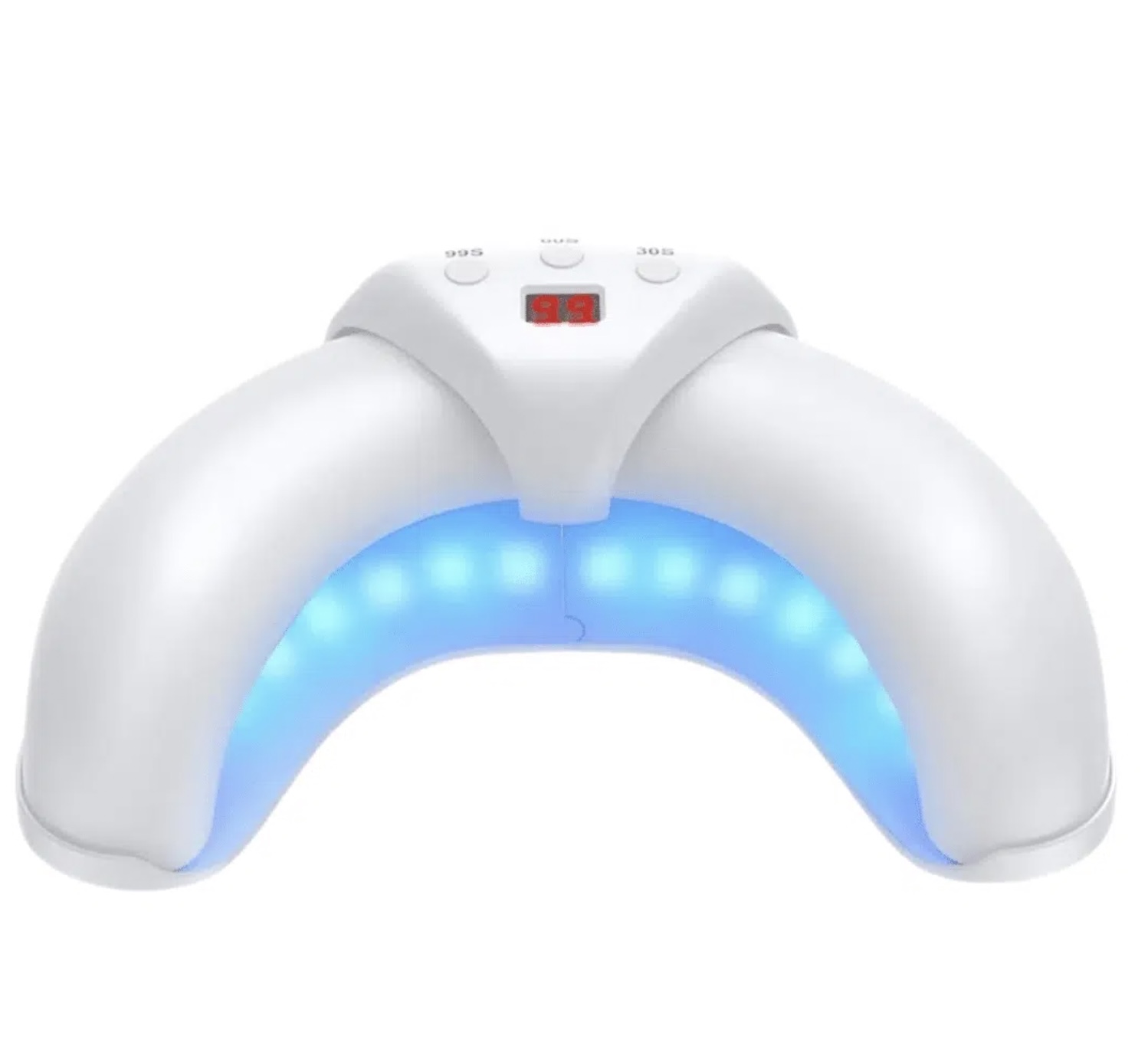You’re reaching for your phone, typing an email, or gripping your steering wheel, and then suddenly, your fingers start tingling. Maybe it’s a dull ache, a strange sense of weakness, or a pins-and-needles sensation that won’t quit. In that case, you might be experiencing early symptoms of CTS, or carpal tunnel syndrome. Carpal tunnel syndrome often disguises itself as general fatigue or stress in the hands and wrists, making it easy to ignore at first. Understanding the signs early and knowing how to treat carpal tunnel syndrome can help you avoid invasive interventions and get back to using your hands comfortably again. Let’s explore what this condition is, how to spot it, and what your options are without overwhelming you with jargon or generic advice.
Making the Case For Taking Wrist Symptoms Seriously
It’s tempting to brush off hand or wrist discomfort as “just part of modern life”, especially when so many of us work on computers, tap away on phones, or use our hands repetitively in physical work. However, the symptoms of CTS are red flags.
Carpal tunnel syndrome is caused by compression of the median nerve as it passes through a narrow passage in the wrist. This tunnel is naturally tight, but inflammation, swelling, or poor wrist mechanics can put pressure on the nerve affecting everything from sensation to grip strength.
Early symptoms may include tingling or numbness in the thumb, index, and middle fingers, especially at night. As the condition progresses, pain can radiate up the forearm, and weakness may interfere with everyday tasks. If left unaddressed, chronic compression can lead to nerve damage.
Understanding the Mechanics and Misconceptions
There’s a reason why carpal tunnel syndrome is often misunderstood. The real issue is neurological. The median nerve passes through the wrist and branches into your palm and fingers. When the tunnel narrows due to swelling, repetitive stress, or underlying conditions like arthritis or diabetes, the nerve becomes irritated.
Posture also plays a major role. Slumped shoulders, forward head positions, and tight neck muscles can indirectly affect nerve functions. That’s why holistic assessments that go beyond the wrist are often more effective in finding long-term relief.
One of the biggest misconceptions is that you need surgery as soon as you’re diagnosed. While surgery is a valid option for severe or unresponsive cases, many people recover with non-invasive therapies. The key is understanding how to treat carpal tunnel syndrome conservatively first.
These treatment options may include wrist splints, which help keep the wrist in a neutral position. Gentle nerve-gliding exercises are also recommended, along with stretching routines that target the forearms and shoulders. Ergonomic adjustments can reduce ongoing strain.
Chiropractic care is also gaining attention for its role in treating CTS. Rather than focusing solely on the wrist, chiropractors assess spinal and muscular alignment in the entire upper body. By adjusting the shoulders, neck, and thoracic spine, they may reduce the pressure on the nerve pathway long before it reaches the wrist. Some people find relief through soft tissue mobilisation and myofascial release in surrounding areas, not just the wrist itself.
Your Path to Real Relief
So, what’s the approach when faced with wrist discomfort or a formal diagnosis? The honest answer is: that how to treat carpal tunnel syndrome effectively begins with choosing the right care based on your specific symptoms, lifestyle, and stage of progression.
If your symptoms are recent and mild, starting with home remedies and ergonomic corrections makes sense. Rest, gentle wrist stretches, and better posture can ease early inflammation. Wrist braces during sleep can prevent awkward positions that worsen symptoms overnight.
However, if your symptoms of CTS are persistent, worsening, or interfering with your job or sleep, professional guidance becomes necessary. Chiropractors, physiotherapists, and occupational therapists can help identify contributing factors you might overlook.
Choosing wisely also means pacing your recovery. CTS treatment is a gradual process, with improvement often taking several weeks. Rushing back to full activity too soon can trigger a setback. Consistency in exercises, check-ins with a professional, and patient self-monitoring are what turn short-term progress into long-term relief.
Finally, knowing when to escalate treatment is part of wise decision-making. If conservative methods fail after a reasonable trial, interventions such as corticosteroid injections or surgery may be explored.
Don’t Let Carpal Tunnel Call the Shots
Carpal tunnel syndrome might start with a flicker of numbness or an annoying tingle, but it doesn’t have to take over your life. The secret lies in listening to your body and acting before symptoms become severe. Don’t wait until you’re dropping coffee mugs or waking up in pain. Start the conversation, explore your options, and give your wrists the support they need to do what they do best.
Contact True Chiropractic today.




